Noor Educational & Capacity Development Organization (NECDO) had successfully implemented Social Safety Net Project within two months from July/01/2020, up to Aug 31, 2020 in Kabul, PD-2, PD-4, PD-11, PD-15, PD -17, PD – 20 the NECDO team started food distribution to vulnerable families, to support needy and affected families by COVID-19. The project was supported by World Food Program (WFP), in first step approximately 5150 COVID-19 affected families were assessed by the survey team, 5150 families as widow, orphan, disabled family’s who have very lower income were selected as legitimate beneficiaries.
Beneficiaries Categories:
| No. | Province | PDs | Vulnerable Families Effected by COVID-19 | |||
| Recipient | Beneficiaries | Total Indirect | ||||
| Male | Female | |||||
| Kabul | PD-17 | 750 | 602 | 148 | 5250 | |
| PD-20 | 1800 | 1654 | 146 | 12600 | ||
| PD-4 | 800 | 551 | 249 | 3500 | ||
| PD-2 | 800 | 624 | 176 | 3500 | ||
| PD-15 | 500 | 397 | 103 | 3500 | ||
| PD-11 | 500 | 383 | 117 | 3500 | ||
| TOTAL | 5150 | 4211 | 939 | 31850 | ||
Food Distributed:
| No. | Item Description | PDs | Commodities Per Households (Kg) | Total Commodity Per Household | Total per
PD |
|
| Flour | Salt | |||||
| 1 | Food distribution for each family | PD-17 | 96 Kg | 2 Kg | 98 Kg | 73500/kg |
| 2 | PD-20 | 96 Kg | 2 Kg | 98 Kg | 176400/kg | |
| Total Per Commodity | 244,800
kg |
5,100 Kg | 98Kg | 249,900/kg | ||
| No. | Item Description | PDs | Commodities Per Households (Kg) | Total Commodity Per Household | Total Per PD | ||
| Flour | Peas | Salt | |||||
| 1 | Food distribution for each family | PD-4 | 96 Kg | 17 Kg | 2 Kg | 115 Kg | 92,000
Kg |
| 2 | PD-2 | 96 Kg | 17 Kg | 2 Kg | 115 Kg | 92,000 Kg | |
| Total Per Commodity | 153,600
kg |
27,200 Kg | 3,200 Kg | 184,000 Kg | 184,000 Kg | ||
| No. | Item Description | PDs | Commodities Per Households (Kg) | Total Commodity Per Household | Total Per PD | ||
| Flour | Peas | Salt | |||||
| 1 | Food distribution for each family | PD-15 | 96 Kg | 17 Kg | 2 Kg | 115 Kg | 57500
Kg |
| 2 | PD-11 | 96 Kg | 17 Kg | 2 Kg | 115 Kg | 57500 Kg | |
| Total Per Commodity | 96000
kg |
17000 Kg | 2000 Kg | 115,000 Kg | 115,000 Kg | ||
4.1 Method of Distribution:
In order to have appropriate distribution, first the NECDO staff called each beneficiary, give them particular code number and invite them for the next day, upon the beneficiary arrival to the relevant site office, his/her name was checked and confirmed in the system, then stamped token was given beneficiary and then the NECDO logbook was finger printed by beneficiary and then simultaneously the food made to the beneficiary. It’s worth to mention that at the end of each business day all the token was counted and recorded by NECDO staff and endorsed by the WFP representative.
Additionally, the NECDO staff and all stakeholders tried up to optimum extent to manage the distribution process in such way to reduce the COVID-19 hazards. We encouraged beneficiaries to respect minimum social distance and other instructions given by the Ministry of Public Health.
- Problem Statement:
One of the major problems is lack of public awareness and lack of people attention to the seriousness of the problem, needs a lot of awareness rising on the seriousness of the issue. From the other side people are very poor the lockdown has taken away daily wages for most of the family’s means of survival. Girls and women are the most vulnerable people inside and outside the houses. Due to recent reports by social media and women group that domestic violence increased against women. Looking after children, jobless men, and some of the drug-addicted men, with least economic is going towards men as breadwinner of families and men are taking the burden to home on women and women takeout the stress on children within the families.
Challenges
- Security problems,
- Lack of cooperation of community leaders in some areas,
- Some of beneficiaries communicative numbers were written mistakenly
Criteria for beneficiary selection:
- The selected beneficiary should be living in the areas that WFP made decision for.
- Those People should be selecting they have lower income, poor economic, situation, disabled status.
- They should be selected for WFP humanitarian assistance, that their movements are restricted due to COVID-19 from business activities.
- Those people should be selected for assistance which has been internally or externally displaced.
- Those people should be selected for the humanitarian assistance, which their houses are rental and their activities are restricted in these lasts due to Covid-19 pandemic viruses
Justification:
In the lockdown Kabul city and movement restriction to the daily wage’s workers, the proposed intervention is the well justified action to provide temporary support to the targeted number of HHs, beneficiaries during the current situation (lockdown due to COVID-19 spread). Women are very vulnerable in Afghanistan; the lockdown has doubled this situation for the women, especially for women inside homes as the increase domestic violence and tensions of the bad economic conditions. We would suggest for an urgent support small funds to be arranged for the needy families, which can reduce the economic burden during the lockdown.
PROJECT OBJECTIVES
To provide free food distribution to 2550 most vulnerable and food insecure women, men, girls, and boys in the targeted PDs with aim to improve their food consumption score during this particular period of lockdown due to COVID-19.
PROJECT IMPLANTATION STRATEGY
Modality:
Food Transfer (TGD)
Project Type:
Social Projection / Social Safety Net
ROLES:
World Food Program (WFP): WFP will provide technical assistance to project implementation team, coordinate and facilitate project implementation with other stakeholders (FSP) for timely fund transfer and provide feedback to distribution team for proper execution. WFP also will provide operation cost of the project as per agreed budget and resources to the beneficiaries as per standard WFP CBT ration scale of 2020.
Cooperating Partner: NECDO will be responsible for the overall project implementation including introduce social protection project to Government Line departments and local community for timely cooperating partner NECDO will be responsible for timely implementation of the project.
Community: Community women and men Shura will support this process and will introduce the most vulnerable and needy women and men headed households for possible support /intervention during COVID – 19 to the project. Community will also provide assistance at the field level.
- Appreciations and Thank you: (JazakumullahWaTaqabbalallah)
NECDO extends its gratitude and thanks for the trust you extended to us for provision of the opportunity to implement this Social Safety Net Project for the vulnerable families who are significantly affected by COVID-19 in Kabul. May Allah (SWT) accept your Sadaqat and all good deeds and reward you all with happiness in both worlds Dunya and Akherah (Amin).
We also convey the prayers and good wishes of all the needy families to you. May Allah (S.W.T.) accept all their prayers and reward you with best of rewards. (Amin)
We also thank NECDO staff in particular the Social Safety Net Project team and the stakeholders who made this distribution possible in secured and safe manner.
- Project Background:
Afghanistan is bordering China in the northeast part of the country with limited ground crossing movement of passengers. Afghans are frequently traveling to different part of China for both trade and educations purposes. More than 250 Afghan students are studying in China. From other side Iran a neighboring country was hit by corona virus and more than one million Afghan refugees are living there. Due to faire of corona virus on daily basis around 5,000 to 10,000 Afghans are returning from Iran and it was the main source of the corona virus throughout the country. Afghanistan took necessary measures to be preferred for COVID-19 infection with least available resources we have. While national emergency committee is regularly convening meetings with partners on the progress, five technical committees are working on coordination and preparedness, surveillance and detections, case management and health services, operation and logistics and risk communication and community engagement. Currently, a national isolation centers with a capacity of 100 beds (with possible upgrading to 200 beds) and five regional isolation centers each with a capacity of 20 to 30 beds are preferred as part of contingency plan. Four major airports with international connections and all ground points of entry are staffed and equipped for screening of travelers with focus to arriving from China to Iran. The Central Public Health Lab (C.P.H.L.) with the support from World Health Organization (W.H.O.) is currently able to perform diagnostic tests for COVID-19. Around six doctors in Herat province have been infected by the virus, which shows lack of preparedness of the medical staff to deal with corona virus. United Arab Emirates (U.A.E.) has provided some medical tools as well as China did promise to support Afghan nation with this challenge. After Herat province, Kabul is highly populated city with over 6 million populations.

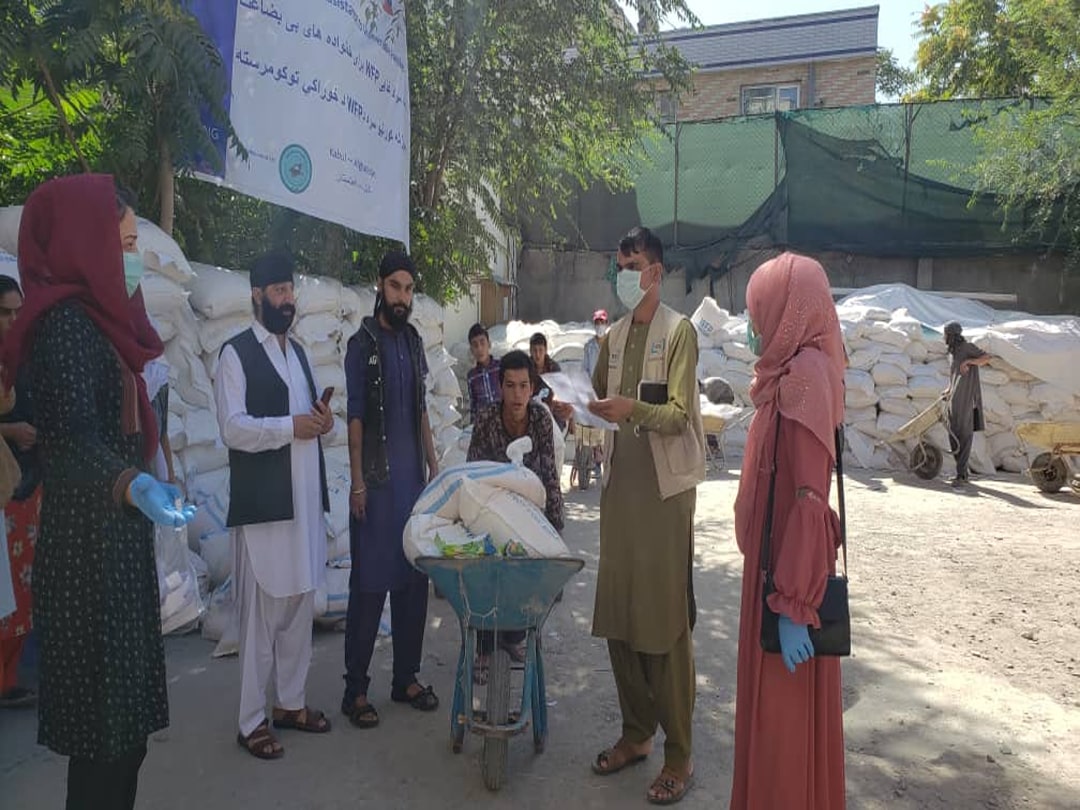
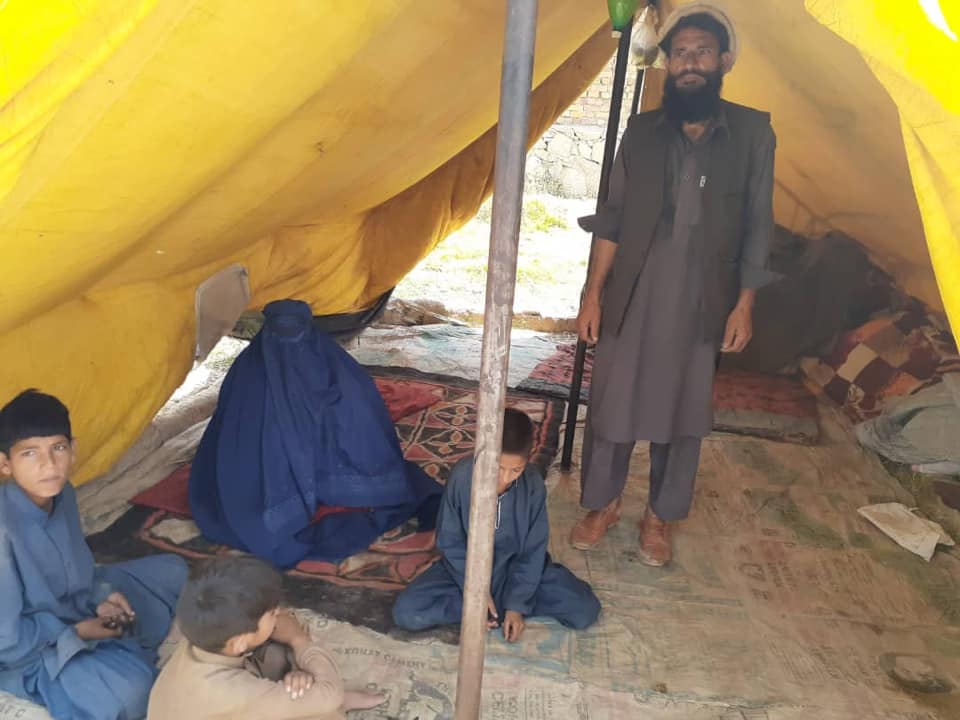

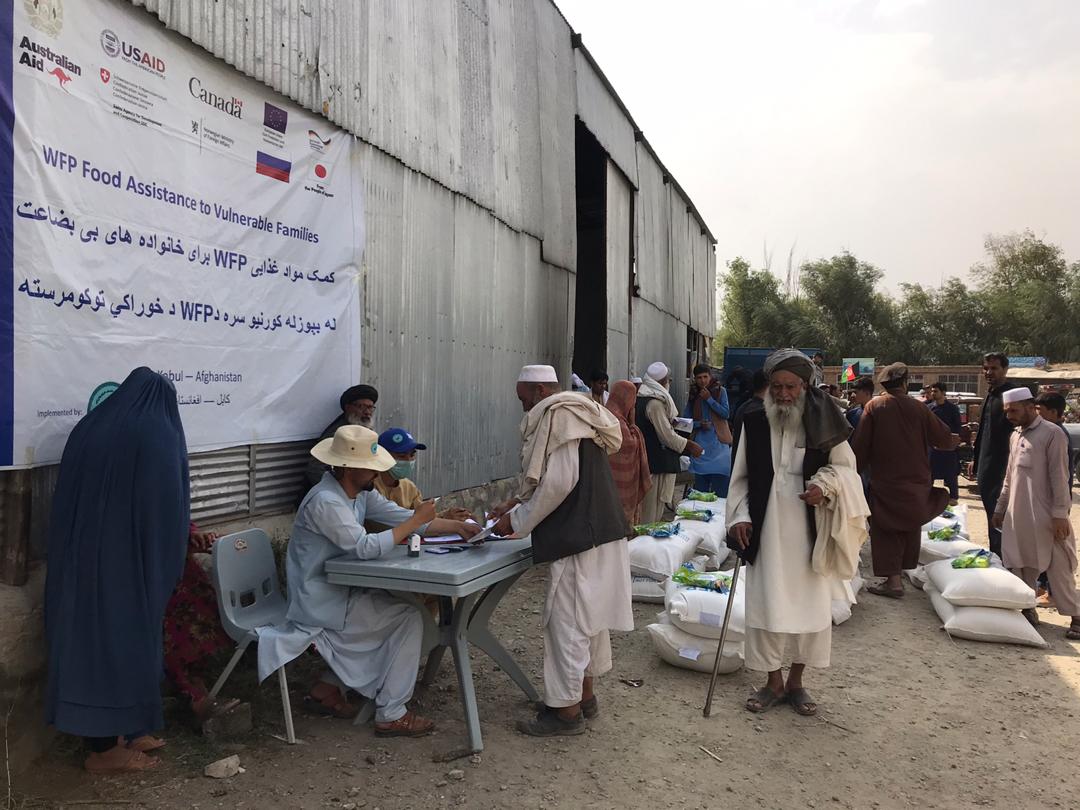

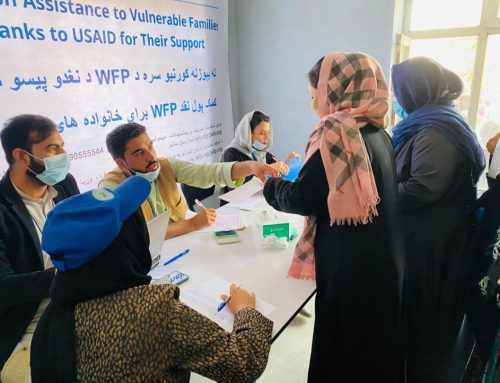
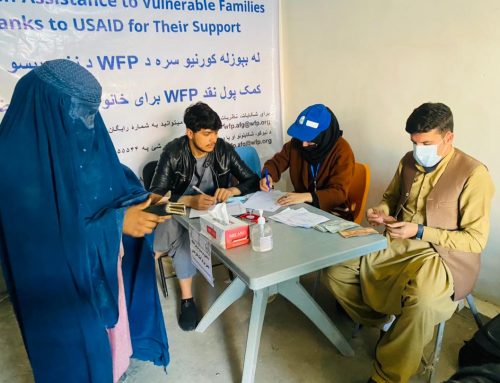
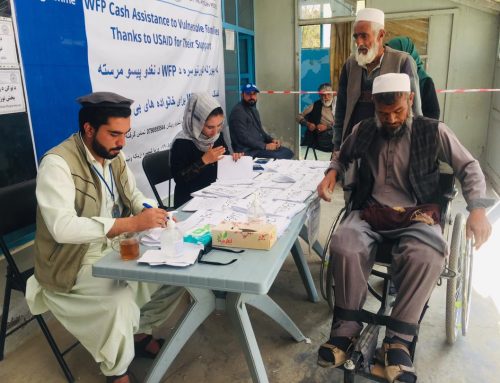
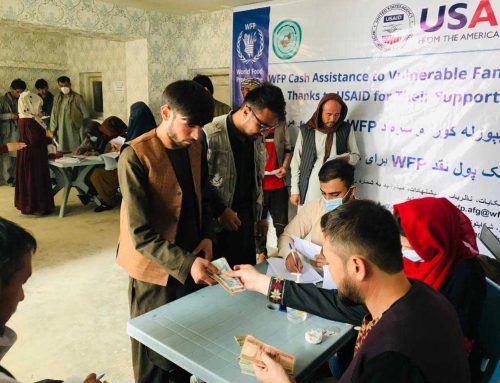
Leave A Comment